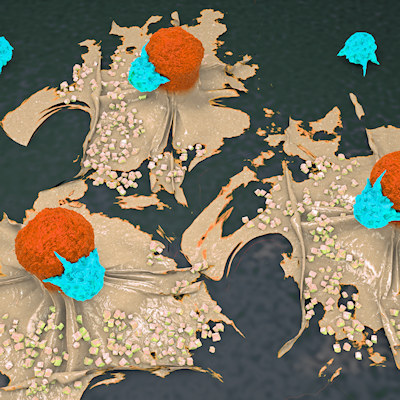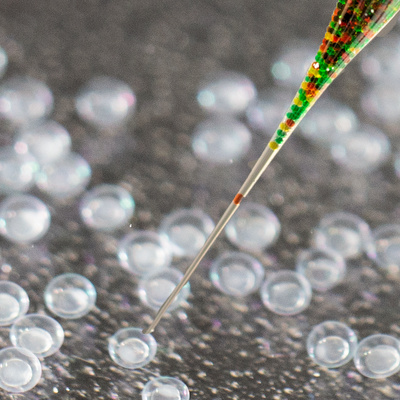July 5, 2022 -- CRISPR-Cas9 variants known as "nickases" that target a single DNA strand may increase the success rate of gene editing and reduce the risk of off-target mutations, according to a paper published in the journal Science Advances.
The study found that nickase-mediated homologous chromosome-templated repair "represents an efficient and unanticipated mechanism for allelic correction, with far-reaching potential applications in the field of gene editing."
While the researchers have found the approach works in fruit flies, they are yet to show whether it translates into human cells and is applicable to any gene. Differences between fruit flies and mammals mean "extensive optimizations" may be needed to achieve efficient repair in human chromosomes.
CRISPR-Cas9 technologies have raised hopes of durable cures of genetic diseases. Yet, the technologies also pose risks. When Cas9 is used to induce genetic repairs, it can also trigger unintended mutations at the targeted site and potentially elsewhere in the genome. Research groups have caused large deletions with potentially harmful effects that are a concern for in vivo use of the technology in humans.
Researchers at the University of California, San Diego identified natural DNA repair machinery as a potentially safer alternative. Many people that have a mutated gene on one chromosome, causing them to suffer from a genetic disorder, have a functional sequence on their other chromosome. That fact opens the door to a way to correct the mutated gene.
"The healthy variant can be used by the cell's repair machinery to correct the defective mutation after cutting the mutant DNA," Annabel Guichard, senior author of the study, said in a statement. "Remarkably, this can be achieved even more efficiently by a simple harmless nick."
Guichard and her collaborators used different gene editing technologies to induce the display of large red patches on the white eyes of fruit flies. Using Cas9, the established approach that cuts both DNA strands, the researchers achieved a repair success rate of 20% to 30%. The experimental nickase Cas9 variants had a 50% to 70% success rate.
Safety is potentially another advantage of nickases. Because Cas9 produces full DNA breaks, it is prone to causing mutations. Research suggests nickases cause fewer nonhomologous end joining mutations and off-target effects, making them potentially safer and more effective than Cas9.
However, it remains unclear whether the approach can achieve those benefits in humans. Studies involving DNA fluorescence in situ hybridization and Hi-C analysis suggest vertebrate chromosomes are separated in different chromosomal territories. As such, the researchers warn "extensive optimizations" are likely to be required to translate the approach into mammalian cells.
Copyright © 2022 scienceboard.net










